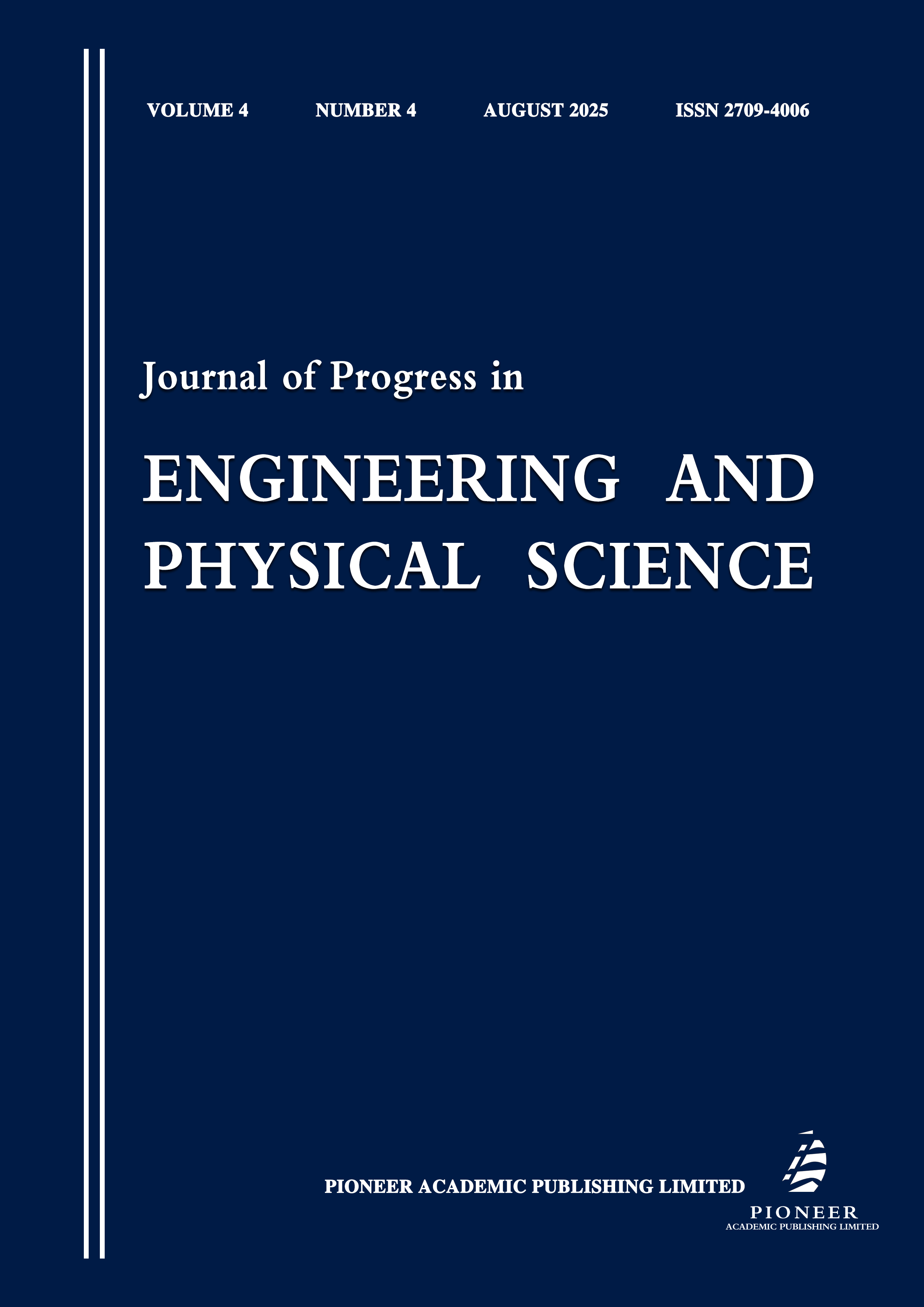Geospatial Analysis of Flood Vulnerability Using GIS-Based Multi-Criteria Decision—Analysis for Ahoada East and West Local Government Areas of Rivers State, Nigeria
DOI:
https://doi.org/10.56397/JPEPS.2025.08.02Keywords:
flood vulnerability, GIS, Multi-Criteria Decision Analysis, Ahoada, Rivers State, Nigeria, disaster risk reduction, climate change, adaptive capacityAbstract
Flooding poses a persistent and escalating threat to communities in the Niger Delta, particularly in Ahoada East and Ahoada West, and this study employs a Multi-Criteria Decision Analysis (MCDA) approach to assess the risks and impacts. The primary aim was to identify, map, and assess the spatial distribution of flood-prone areas and the varying degrees of vulnerability, thereby informing effective disaster risk management.
Employing a quantitative research design, the study integrated diverse physical (e.g., elevation, slope, proximity to rivers), environmental (e.g., land use/land cover, drainage density), and socio-economic indicators (e.g., population density, housing quality, access to services). The Analytical Hierarchy Process (AHP) was utilized to determine indicator weights, followed by Weighted Linear Combination (WLC) to generate a composite flood vulnerability map. The findings reveal a heterogeneous spatial distribution of vulnerability, with areas along major river channels and those characterized by low-lying topography exhibiting the highest susceptibility. Crucially, socio-economic sensitivities, such as high population density and informal housing, significantly amplify overall vulnerability, transforming moderately exposed areas into high-risk zones. The study implicitly highlights a pervasive low adaptive capacity, underscoring the communities’ limited ability to cope and recover, further compounded by environmental degradation.
This research contributes a granular, localized flood vulnerability map for Ahoada East and West LGAs, filling a critical knowledge gap and providing actionable intelligence for targeted interventions. It reinforces theoretical frameworks by demonstrating the synergistic interplay of exposure, sensitivity, and adaptive capacity in real-world contexts. Recommendations include implementing targeted flood risk management plans, promoting flood-resilient infrastructure, strengthening socio-economic resilience, investing in environmental restoration, enhancing community engagement, improving data collection, integrating flood risk into land-use planning, and fostering inter-agency collaboration. These measures are vital for building resilient communities and mitigating the escalating impacts of flooding in the Niger Delta.


